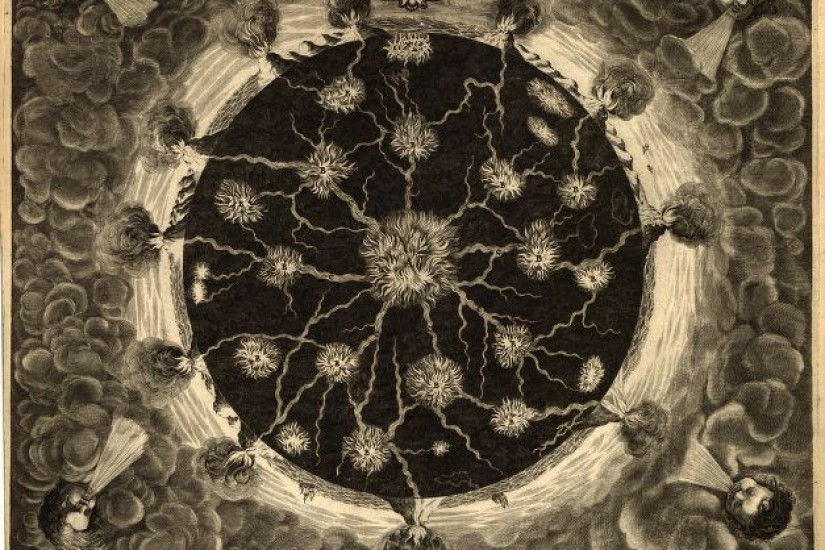In 1928 Jacob Levy Moreno, a Vienna-trained psychiatrist who had recently emigrated to New York, developed an innovative way of identifying ‘at risk’ children. He analysed social patterns at the State Training School for Girls and the Riverdale Country School by asking students who their friends were, and charting their answers. The resulting graphs used geometric shapes to represent individuals and lines to indicate friendships: he called them sociograms. Noticing that two particular girls in the graph appeared isolated, he predicted that they would soon run away. They did.
The New York Times trumpeted Moreno’s ‘new geography’ in April 1933. Moreno’s sociograms mapped not the physical terrain but the world of affect, the ‘emotional currents, cross-currents and under-currents of human relationships in a community’. He agreed. ‘With [such] charts,’ he enthused, ‘we will have the opportunity to grasp the myriad networks of human relations and at the same time view any part or portion of the whole which we may desire to relate or distinguish.’
Since Moreno, network visualisations have grown ubiquitous, animating everything from the history of film (eg, the parlour game Six Degrees of Kevin Bacon) to the history of philosophy (eg, the site I co-founded, Six Degrees of Francis Bacon). Today’s news editors festoon their reports on the Russia scandal and the Panama Papers with the pervasive lines and arrows of Moreno’s distinctive visual grammar. But is all of this really Moreno’s doing? What might we see if we treat Moreno himself as a node in wider intellectual tradition? What, in other words, is the intellectual history of network visualisation?
To do justice to these questions, it helps to consider Moreno’s contributions in an expanded timeframe – one extending to early modern Europe. The esoteric secrets of the Universe had long occupied religious and hermetic thinkers, and the cartographic work of mapping wind currents, sea currents and trade routes – to which Moreno’s work bore comparison in the Times’ metaphors – had already been underway for centuries when Moreno created his sociograms. Looking at Moreno’s visualisations alongside those of earlier thinkers illustrates why Moreno might be remembered not for heroically founding network visualisation but for quietly and successfully translating the imagistic aspirations of natural philosophy into a new iconography of the social.
